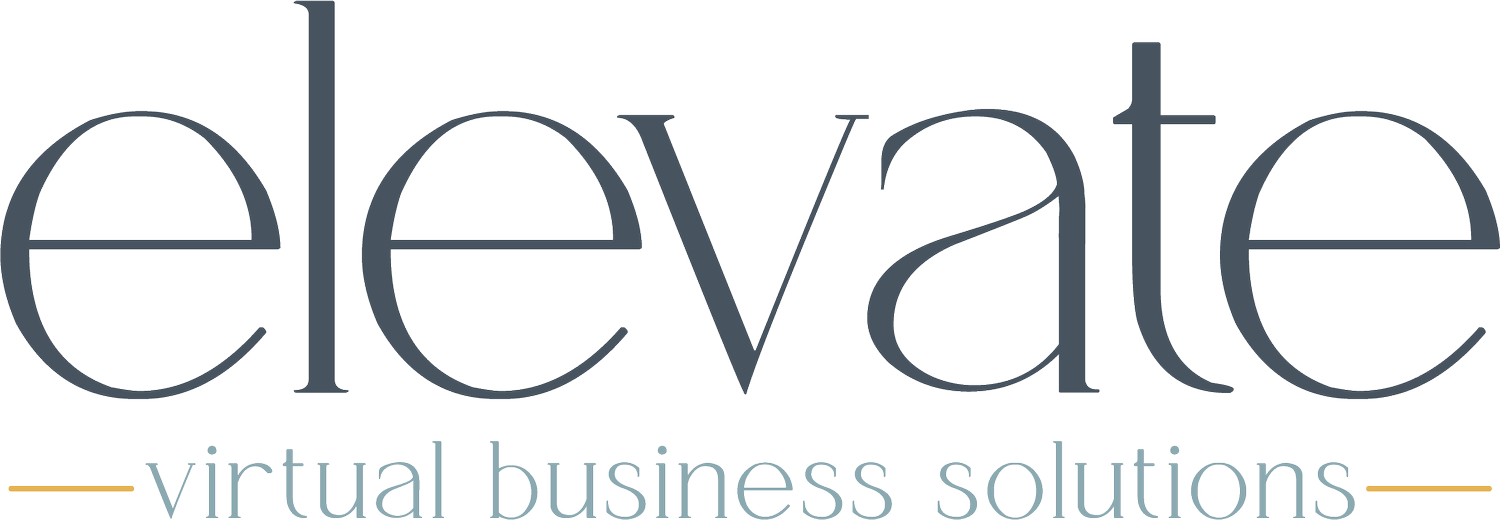How to Create an Organized System for Managing Electronic Files
As a small business owner, it can be challenging to keep track of all your physical and digital files. While the traditional ways of paper filing used to suffice, now more than ever, businesses are relying heavily on electronic file management.
Managing electronic files can be a daunting task, especially if you're dealing with a large number of documents on different platforms. By setting up an effective system for organizing digital data, you'll save time and simplify the retrieval process.
It is essential to have an organized system in place that allows you to easily locate documents. But how can a busy small business owner create such a system? In this guide, we provide tips to help you create an efficient system for managing electronic files.
Start with An Electronic File Audit
Auditing your digital files is an essential part of staying organized and making sure that you know where everything is. Before you can establish a structure for your files, you need to assess what you have. This includes personal documents, business documents, and any other digital records that are important to track.
It’s easy to fall into the trap of setting up the same basic file structure as everyone else, but if it doesn’t work for your specific business then it won’t be effective in the long term. Take some time to think about how best to organize your files. They should be easily accessible when needed and make sense with the type of work you do.
Develop a File Naming System
Having a logical file naming system is vital for managing electronic files. It helps to keep documents organized; this means they’re easy to find when needed. Naming folders and documents with clear titles based on their content make them accessible to everyone on the team. By including unique terms in the titles, as well as keywords associated with the contents of the files, you can streamline the process of searching and sharing information.
As a general rule, set some best practices in place. You can
Keep file names descriptive, but short (less than 25 characters)
Establish SOPs that describe how a file should be named
Example: [DOCUMENT TYPE] DOCUMENT TITLE - DOCUMENT NAME
For dates: YEAR.MO.DA (4-digit year + 2-digit month + 2-digit day)
Incorporating set date formats can be useful for tracking changes over time. This ensures that you don’t waste any time trying to sift through hundreds of documents or folders when looking for one particular file. It’s also helpful because it reduces clutter and makes it less likely that you’ll accidentally delete something important.
Utilize Folders, Labels, or Categories
Organizing digital files into folders and subfolders is an important step in keeping your business systematized and efficient. These seven basic categories provide a good framework to begin file sorting.
Operations
Documents related to the daily running of the business
HR
Employee information, from recruitment and onboarding to job roles and termination
Legal
Any documents concerning legal matters such as contracts, policies, or regulations
Marketing
Materials for publicity purposes, such as campaigns or promotions
Sales
Client data and any records of sales activities
Clients/Vendors
Records of customer contact details, invoices, or purchase orders
Accounting
Financial information including tax returns and accounts receivable/payable paperwork
Once you have your basic categories set up you can then divide them further; for example, within ‘Operations’ create subcategories like 'Projects' or 'Employee Scheduling'. Avoid more than three levels of subfolders because this could make navigation difficult. This process is about making sure that your business operations are streamlined effectively, not overly complicated or hard to understand.
Establish Guidelines on Usage Rights
File ownership is important when it comes to handling data and information. It is essential to set clear rules on who owns the files, especially when they are shared outside of the company. Instead of having a single person, such as the CEO, own all the files, it is better to have a generalized account that multiple people can access. This ensures that no single user has complete control over all the data and makes it easier to monitor who has access to which files.
Different team members should have different access rights depending on their roles within the company. For example, anyone dealing with accounts or money matters should be given more permissions than those working in other departments. This helps ensure that confidential information remains secure and isn't accessible to everyone.
Finally, it's important to remember that file owners may change over time; therefore it's a good idea to regularly audit ownership settings when someone leaves the company or changes roles within the organization. Keeping a master list of files and performing a quarterly and semi-annual audit will help you know who has access to what.
The Elevate Team recently hosted an internal think tank to discuss best practices for document management. After careful deliberation and discussion, we realized that the best platform to store your data is the one you will actually open and use. Different platforms work better for different people, so it's important to figure out what works best for you. Based on our findings from the think tank, we want to serve our clients in the best way possible by providing them with information that will help make an informed decision. Our VEAs can only support your business if you know what will work best for you. If you need help figuring out which platform is best for you or if you need a digital file audit, feel free to reach out and schedule a time to chat.
